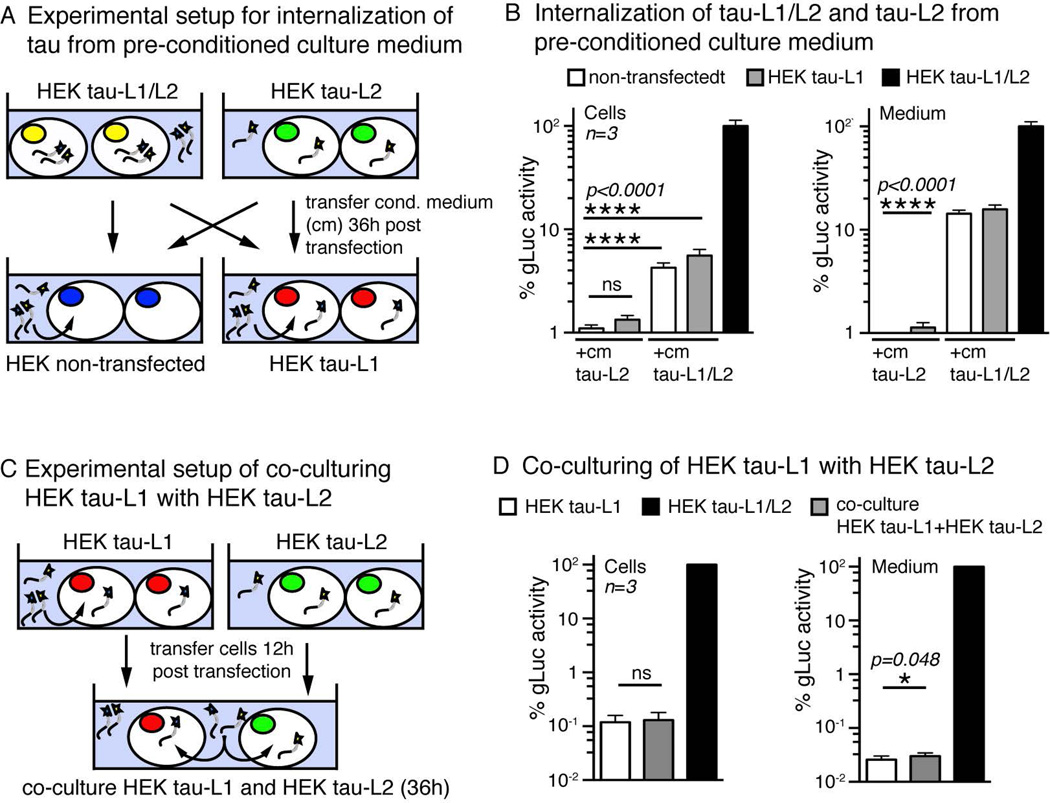Figure 4. Internalization by HEK cells and extracellular oligomerization of tau.
A) Experimental setup of treating HEK and HEK tau-L1 with pre-conditioned medium from either HEK tau-L2 or HEK tau-L1/L2 cells.
B) gLuc activity measured in cells and medium after treating cells as shown in (A). The intracellular (cells) and extracellular (medium) tau oligomerization (=gLuc activity) after treatment of HEK tau-L1 with tau-L2 medium was very inefficient, maybe due to the high stability of already formed intracellular tau-L1/L1 oligomers against re-arrangements and integration of tau-L2. Uptake of preformed tau-L1/L2 oligomers was efficient in both non-transfected and tau-L1 HEK cells, and treatment with tau-L1/L2 medium led to pronounced gLuc activity in the medium (after 36 h), suggesting a high stability of tau oligomers in culture conditions. Mean±SEM, n=3 experiments.
C) Experimental setup to monitor the exchange of tau between cells by co-culturing HEK tau-L1 with HEK tau-L2.
D) Tau-L1/L2 oligomerization after co-culturing of HEK tau-L1 with HEK tau-L2 for 36 hours was negligible in cells and minor in the medium. This suggested the rapid intracellular formation and release of stable tau-L1/L1 and tau-L2/L2 oligomers, which are rather resistant to re-arrangements and integration of tau internalized or encountered in the medium. Mean±SEM, n=3 experiments.

